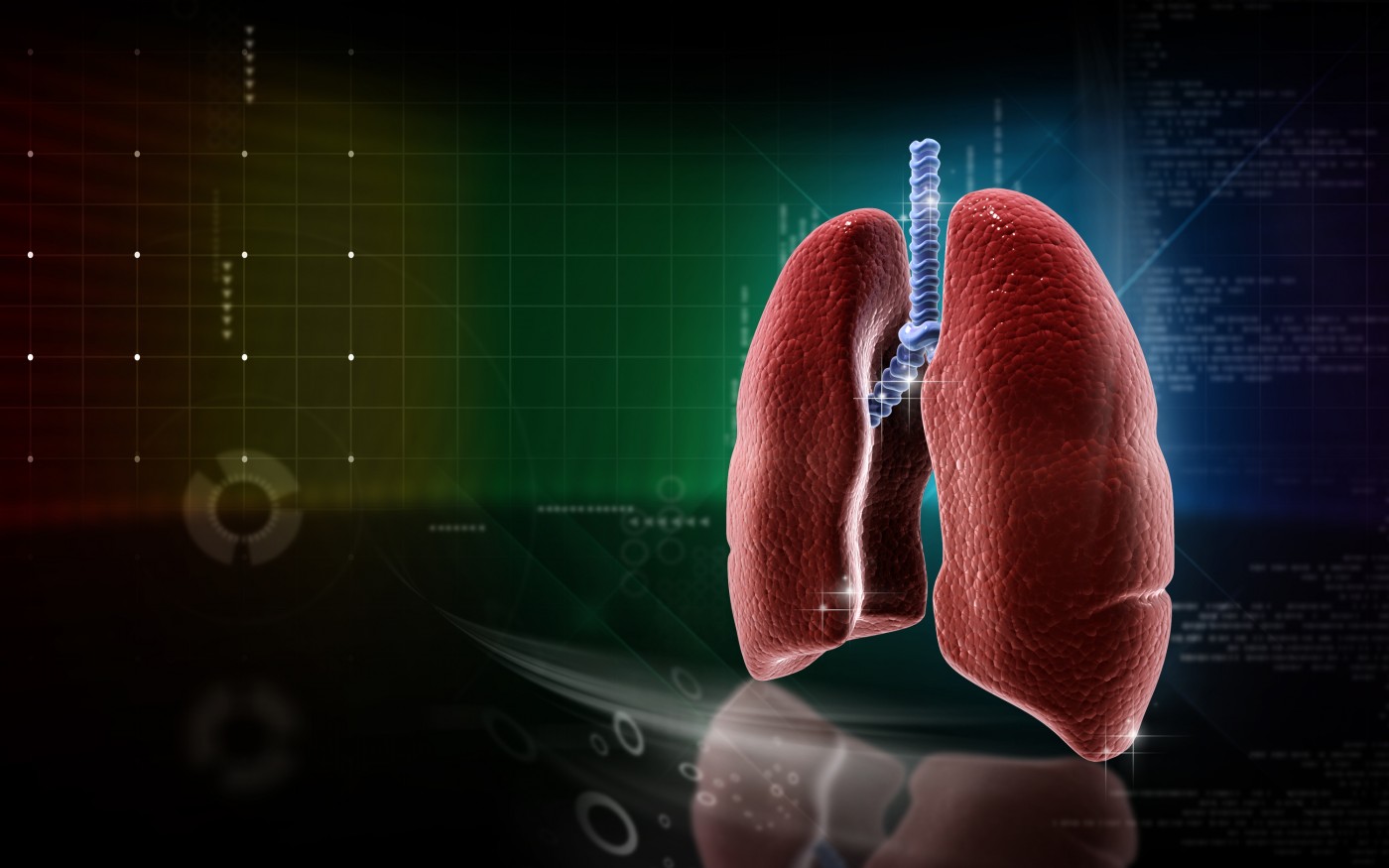Careful Monitoring for Lung Involvement Urged for Gaucher Children, Even Absent Symptoms, Study Reports
Written by |

Lung manifestations are frequent among children with Gaucher disease, with recurrent chest wheezing, greater disease severity, and low platelet counts among the risk factors for developing such complications, an Egyptian study reports.
To enable early detection, the researchers recommend careful monitoring — even in the absence of clinical symptoms.
The study, “Pulmonary manifestations in young Gaucher disease patients: Phenotype‐genotype correlation and radiological findings,” was published in the journal Pediatric Pulmonology.
Lung involvement is widely reported among people with this inherited disorder, and occurs due to the infiltration of Gaucher cells — immune cells called macrophages characterized by an abnormal accumulation of a lipid (fat) called glucocerebroside — into lung vessels and air sacs.
However, its prevalence in pediatric patients with Gaucher remains poorly characterized. Risk factors for pulmonary complications in these children also are unclear.
To learn more, researchers at the Ain Shams University, in Cairo, Egypt, assessed the prevalence, associated changes, and risk factors of pulmonary involvement in 48 children with Gaucher, mean age 8.5 years. Among the children, 15 had type 1 Gaucher disease and 33 type 3.
Genetic analysis was performed on 30 participants. The most common mutation found in the GBA gene, known as L483P, was detected in 25 of these children (83.3%). A previous study had shown a higher risk of pulmonary involvement in Gaucher patients with this variant in both gene copies.
All participants were on enzyme replacement therapy for a median of 12 years. This type of treatment is intended to provide a working version of the beta-glucocerebrosidase enzyme that is defective in people with Gaucher.
Lung involvement was detected in 16 patients, revealed as a recurrent wheeze. Chest X-rays revealed pulmonary alterations in 17 children (35.4%), with high‐resolution CT scans showing such alterations in 31 (64.6%).
The most common radiological abnormality was ground glass pattern — an opaque nodule — which was detected in 14 children (29.1%). Nine patients showed a reticulonodular infiltration (18.8%), a type of thickening of the lung’s interstitium, or the connective tissue that supports the lung air sacs.
Air retention in the lungs was seen in six children, while only two showed signs of widening of the airways, called bronchiectasis. As detected with the CT scans, pulmonary changes were more frequent in those with type 3 disease (24 patients) compared with children with type 1 (7 patients). However, this difference was not statistically significant.
Children with radiological abnormalities had significantly lower hemoglobin and platelets counts, as well as greater disease severity, as detected with a Gaucher-specific scale.
Statistical analysis then showed that low hemoglobin and platelet levels, as well as recurrent chest wheezing and greater disease severity significantly predicted abnormal findings on CT scans.
The findings suggest that “pulmonary involvement is a prevalent morbidity of GD [Gaucher disease] with variable presentations,” the researchers said.
“Therefore, a thorough evaluation of pulmonary disease is recommended in all GD patients initially even in the absence of clinical symptoms,” they said.



